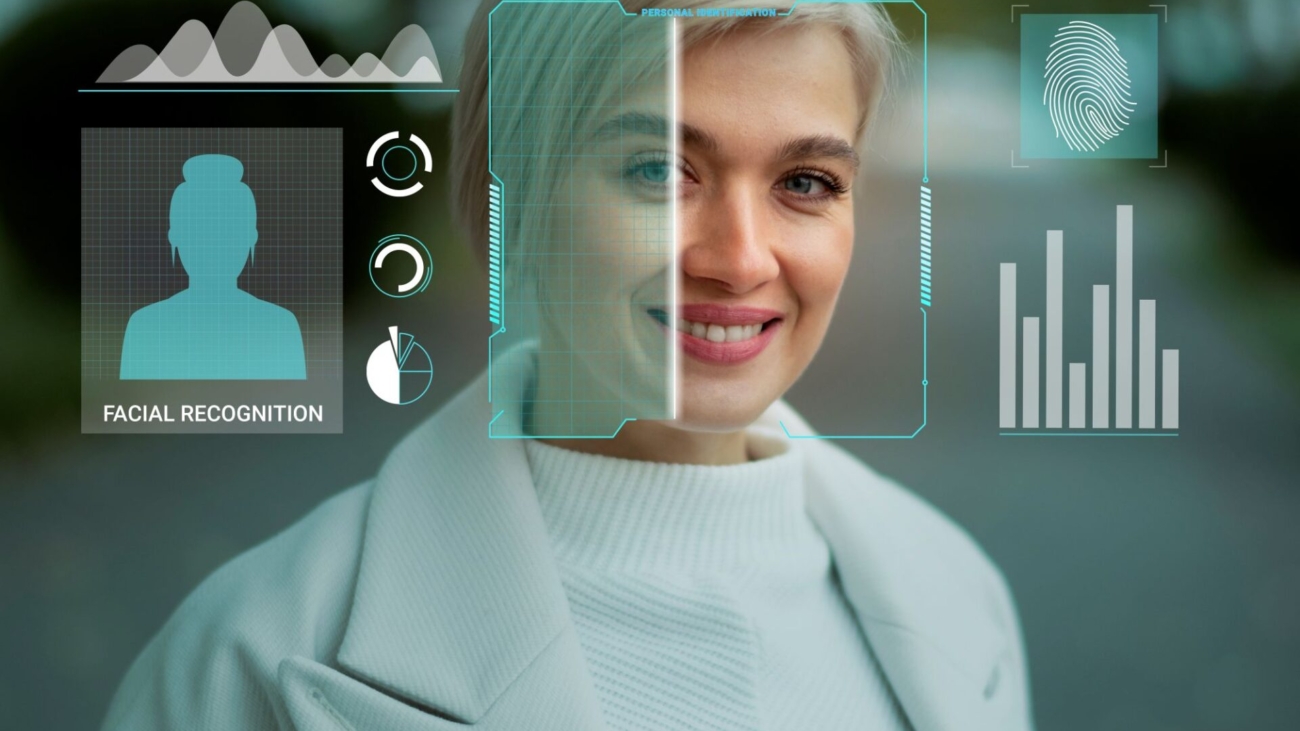You’re in a meeting, and the presenter says, «Our AI predicts customer behavior with 95% accuracy.» Impressive, right? But here’s the catch: humans aren’t algorithms. They want to be heard, understood, and valued.
When I first integrated AI into my marketing strategy, I thought I had all the answers. But I quickly realized that automation lacks the human touch. Emotional intelligence isn’t something you can program.
– Missed nuances: AI may spot trends, but it can’t read between the lines.
– Crisis response: It’s easy to send an automated apology. It’s much harder to convey genuine empathy.
– Customer dissatisfaction: AI can flag an upset customer, but resolving their frustration requires a human touch.
What changed everything for me was a conscious blend of technology with empathy. I started using ‘empathy mapping’ techniques. This shifted my approach:
– Understanding beyond data: I learned to listen actively to feedback and adapt messaging in real-time.
– Human-centric strategy: We crafted campaigns focusing on personalized stories, not just statistics.
– Building trust: Customers now felt connected, leading to increased loyalty and advocacy.
Empathy isn’t a luxury; it’s essential. It requires a REAL commitment to understanding and appreciating individual experiences.
So, here’s the real question: How are you ensuring your brand not only listens but truly understands and responds to your customers’ needs? Share your thoughts. Let’s learn from each other.










